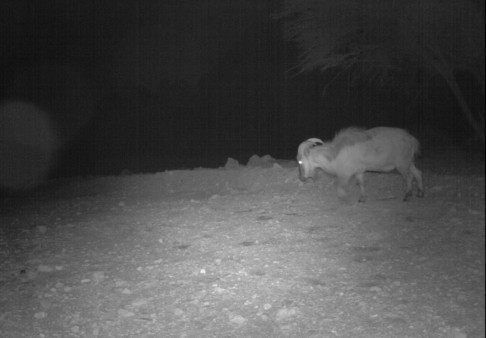
Al Ain: The EAD Wildlife Assessment and Monitoring Programme for Jebel Hafeet was launched in April 2012. Jebel Hafeet, located in the south of Al Ain and straddling the border between UAE and the Sultanate of Oman, is considered one of the most important areas in the emirate of Abu Dhabi for terrestrial biodiversity.
In an exclusive disclosure to Gulf News, Dr Shaikha Salem Al Daheri, Executive Director of Terrestrial and Marine Biodiversity at the EAD, said the agency used infra-red camera, pitfall traps, Sherman traps and a number of other techniques to record the wildlife in the rugged mountainous area and its surrounding Valleys.
The insects were studied by a method known as pitfall trapping where small containers were placed into the ground. Insects fall into them and are then collected and recorded. “This technique is useful for ground dwelling invertebrates and provides useful information on the species abundance and diversity on a seasonal basis,” she said.
Mammals and birds were monitored by using infra-red camera and traps. “We used infra-red camera traps which are small cameras that take pictures when they detect any motion,” she said. This is a useful technique as cameras can be left for many months in key areas and occasionally visited to change batteries and download any pictures as they use a SD card for storing data.
The camera traps have been placed in key Wadis of Jebel Hafeet. “The camera traps are ideal for recording large mammals and we have used them to detect the elusive Arabian Tahr on the mountain including Red Fox and feral goats and cats,” said the EAD’s executive director. The Arabian Tahr is listed as Endangered on the IUN Red List and their population is limited to the mountains of UAE and Oman.












